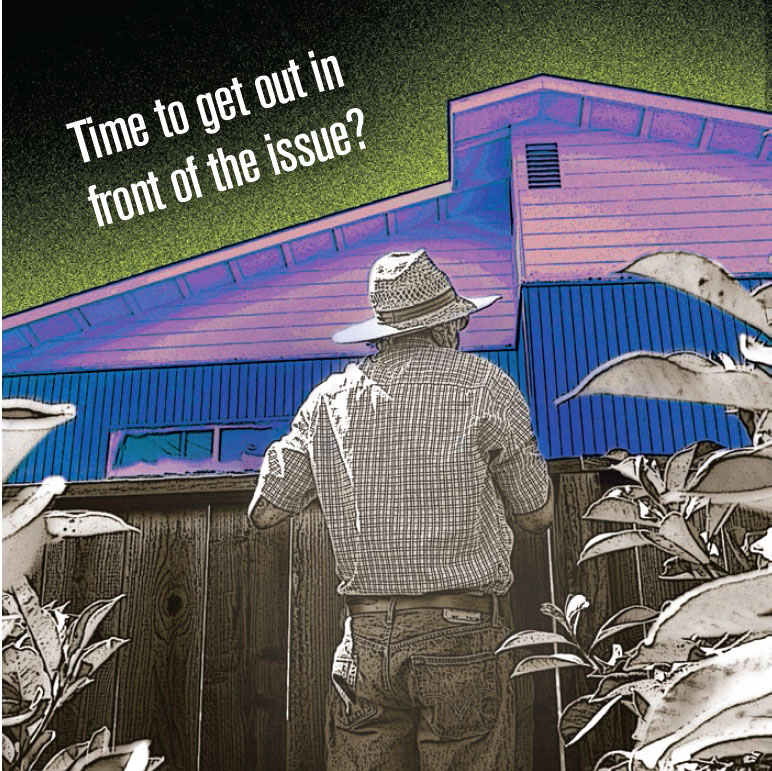Why Wait 'til It's Too Late? - Page 3
 |
|
|
 |
|
|
Although there was no single disastrous remodel that got people in Orange working to attain historic status, Ettinger says, "We've got horrible examples of two-story additions in every neighborhood that everybody hates."
"And we were watching what was happening in other neighborhoods, and up north, where the people are dumping a lot of money into their homes and doing some horrible things," she says.
And in one of the Orange tracts, "a few years ago somebody built a little box on the side of an Eichler. It wasn't a two-story, but a ten-foot-tall box planted on the side of the Eichler that sailed right through the city [approval]."
"There's a character to the neighborhood—the long, low homes," says Ettinger, a commercial interior designer who lives in the Fairhills tract. "A few bad remodels can zap that character immediately."
Although the effort to preserve the neighborhood first started nearly a decade ago, Ettinger says, it really sped up five years later once city planners got involved.
Grassroots efforts come alive
A group of residents formed HOME (Historic Orange Midcentury Eichlers), and sent a petition through the neighborhood to show support. "We pretty easily got all the signatures we needed. It was well over a majority," Ettinger says.
Marin County also got a jump on things. Years before mid-century modern became a byword, county and city planners and residents there began working to preserve Eichler neighborhoods. In the waning days of the 20th century Daniel Hillmer was hired to improve how county planners dealt with projects in Eichler areas.
Much of his time was spent in Upper Lucas Valley, which today has perhaps the strongest design review anywhere, overseen by its homeowners association—in fact, stronger than Hillmer would have suggested.
Hillmer says he had sought a "balance between helping to preserve" neighborhood character and "people's freedom."
Folks from Lucas Valley played a "leading-edge role" in devising the guidelines for Eichlers countywide, he says. Meetings held at a nearby school "were always packed," he says.
The goal was to streamline the permit process and develop clear design guidelines so owners would know what was allowable and not allowable, desirable and not desirable.
Today, Hillmer says, "In Marin, the policies and programs [for Eichler preservation] are in place."
In Marin, as in Orange, no looming threat spurred people into action. The impetus was more bureaucratic.
"It was part of a cycle of updates for community plans," Hillmer says. "So much activity was taking place with new residential, especially with additions. And we had a mandate from the state to streamline the building process."
Hillmer says, however, that midway through the process, a homeowner built an illegal, two-story home in Lucas Valley, which caught people's attention.
Terry Bremer, who served for years on the Lucas Valley Homeowners Association's Architectural Review Committee, recalled the incident in a 2002 interview. "One Labor Day weekend people built a second story, and it was almost finished by the time Monday rolled around and people noticed it."
The event only made people in Lucas Valley more determined to prevent such developments in the future.




